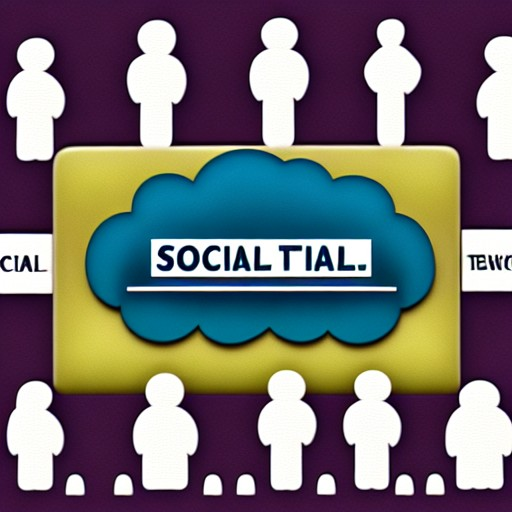The Science of Communication: Understanding Human Behavior
Communication is a fundamental aspect of human interaction. It involves the exchange of information, ideas, and emotions between individuals or groups. The science of communication seeks to understand the various factors that influence human behavior and how they impact communication. In this post, we will explore some of the key concepts and theories in the science of communication.

Verbal and Nonverbal Communication
Communication can be divided into two broad categories: verbal and nonverbal. Verbal communication refers to the use of spoken or written words to convey information, while nonverbal communication involves body language, facial expressions, and other forms of communication that do not involve words.

Studies have shown that nonverbal communication can be even more important than verbal communication in some contexts. For example, a person's facial expressions and body language can reveal their true feelings and intentions, even if they are saying something different with their words. Understanding nonverbal communication is essential for effective communication in both personal and professional settings.

Social Identity Theory
Social identity theory is a concept in social psychology that explains how people's sense of identity is influenced by their membership in different social groups. This theory suggests that people tend to form groups based on shared characteristics such as race, ethnicity, gender, and religion, and that these groups can have a significant impact on behavior and communication.
For example, individuals who identify strongly with a particular social group may be more likely to use language and behaviors that are associated with that group. Understanding social identity theory can help us better understand the ways in which communication is influenced by social factors.

Cognitive Dissonance Theory
Cognitive dissonance theory is a concept in psychology that explains how people deal with conflicting beliefs or attitudes. When people encounter information that conflicts with their existing beliefs, they experience a sense of discomfort or dissonance. To reduce this discomfort, they may adjust their beliefs or attitudes to better align with the new information.

This theory has important implications for communication. For example, if someone is presented with information that conflicts with their existing beliefs, they may be resistant to accepting it. Effective communication requires understanding how cognitive dissonance can influence attitudes and beliefs, and finding ways to address this resistance.

Cultural Differences in Communication
Cultural differences can have a significant impact on communication. Different cultures may have different expectations around things like directness, tone of voice, and body language. For example, in some cultures, direct communication is valued, while in others, indirect communication is preferred.

Understanding these cultural differences is essential for effective communication across cultural boundaries. It requires an understanding of cultural norms and a willingness to adapt communication styles to fit the expectations of different cultures.

Conclusion
The science of communication is a complex and multifaceted field. By understanding the key concepts and theories that underpin communication, we can improve our ability to communicate effectively with others. Whether we are communicating in our personal or professional lives, a deeper understanding of human behavior and the factors that influence it can help us build stronger relationships and achieve our goals.